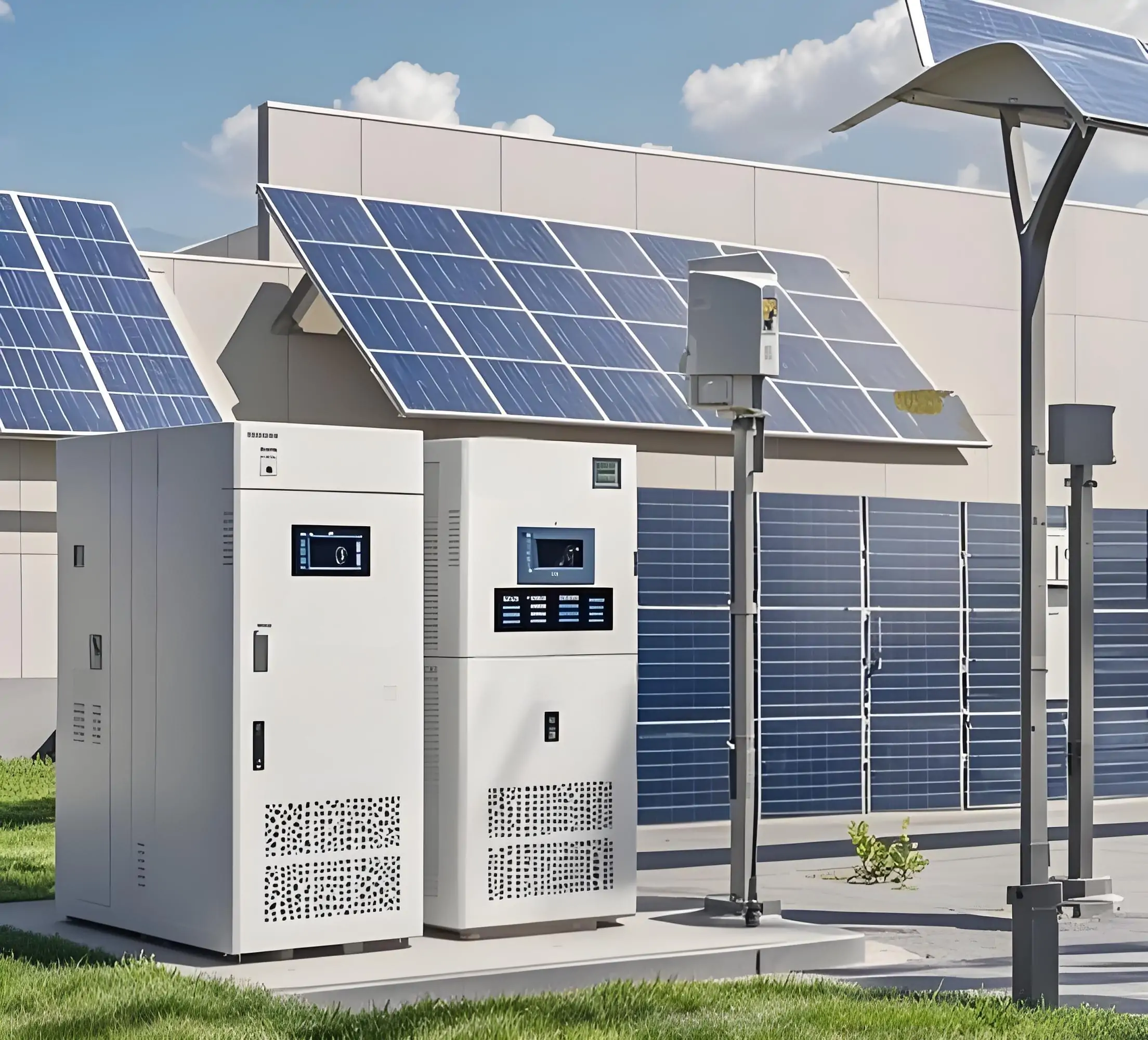
If you’re exploring solar power or already have solar panels installed, you might be wondering, “How long do solar batteries last?” Solar batteries are essential for storing the energy your panels generate, enabling you to use it even when the sun isn’t shining. In this guide, we’ll dive into the lifespan of solar batteries, the factors that influence their durability, and practical tips to maximize their efficiency. Whether you’re a solar newbie or a seasoned user, this guide will provide valuable insights to help you make informed decisions.
The type of solar battery you select plays a significant role in the performance and longevity of your solar panel system. Let’s explore the most common options to help you determine which one suits your requirements.
Lithium iron phosphate batteries, or LiFePO4 batteries, are a top-tier choice for solar energy storage. Known for their durability and efficiency, these batteries can last well over a decade, outperforming traditional lead-acid options. With the ability to handle 3,000 to 5,000 partial charge cycles, they are ideal for long-term energy storage.
One standout feature of LiFePO4 batteries is their Bluetooth monitoring capability, which allows you to track performance directly from your smartphone. This advanced technology, combined with their low maintenance requirements, makes them a reliable and efficient option for both new and upgraded solar systems.
Lead-acid batteries are a budget-friendly option, but they come with trade-offs. While they are cheaper upfront, their lifespan is significantly shorter, typically lasting only 3 to 5 years. Additionally, they require more maintenance to keep them functioning optimally.
Although lead-acid batteries have been used for decades and are suitable for older systems, they fall short in terms of long-term reliability and efficiency. Frequent replacements can also increase overall costs over time.
Innovative battery technologies, such as saltwater and flow batteries, are gaining attention for their eco-friendly materials and potential for longer lifespans. However, these options are still in the early stages of development and are not yet widely available or cost-effective for most solar setups. For now, lithium batteries remain the most reliable and affordable choice.
Understanding how long solar batteries last is crucial for optimizing your solar energy system. While lifespans vary depending on the type of battery and usage, most solar batteries last between 3 and 10 years. Below, we’ll examine the factors that influence battery lifespan and how you can extend it.
Lithium Iron Phosphate (LiFePO4) Batteries: 10+ years
Lead-Acid Batteries: 3 to 5 years
Lithium batteries are the preferred choice for modern solar systems due to their durability and efficiency. In contrast, lead-acid batteries, while cheaper initially, often require more frequent replacements.
Several factors determine how long your solar battery will last. By managing these factors, you can maximize its performance and longevity.
The depth of discharge refers to how much of the battery’s capacity is used before recharging. For lithium batteries, it’s recommended to stay within an 80% DoD to avoid excessive wear. Lead-acid batteries perform best when kept at a 50% DoD.
Extreme temperatures can significantly impact battery performance. High heat accelerates wear and tear, while freezing temperatures can reduce efficiency and cause damage. Lithium batteries are more resilient to temperature fluctuations, but maintaining a stable, moderate environment is ideal for all battery types.
Proper maintenance is key to extending battery life.
Lithium Batteries: These are virtually maintenance-free, thanks to advanced battery management systems and sealed designs.
Lead-Acid Batteries: They require regular upkeep, such as checking electrolyte levels and cleaning terminals to prevent corrosion.
Solar panels typically last 20 to 30 years, while solar batteries have a shorter lifespan of 3 to 10+ years. This means homeowners will likely need to replace their solar batteries at least once during the lifespan of their solar panels. Planning for timely replacements ensures consistent energy storage and system reliability.
To get the most out of your solar batteries, follow these best practices:
Proper Installation: Install batteries in a stable, temperature-controlled environment.
Smart Charging and Usage: Avoid fully draining or overcharging the battery. Stick to the recommended operating range.
Regular Monitoring: Use tools like battery management systems or apps to track performance and identify issues early.
Warranty and Brand Reputation: Choose batteries with solid warranties and from reputable manufacturers to ensure quality and reliability.
Investing in premium solar batteries, such as LiFePO4 batteries, offers numerous advantages:
Longer Lifespan: Last up to 10+ years, outlasting traditional options.
Eco-Friendly: Non-toxic and environmentally safe.
Low Maintenance: Minimal upkeep required compared to lead-acid batteries.
Advanced Features: Built-in protection systems and smart monitoring capabilities.
Choosing the right solar battery is essential for maximizing the efficiency and longevity of your solar energy system. Lithium iron phosphate batteries, with their extended lifespan, superior performance, and low maintenance requirements, are the ideal choice for sustainable and reliable energy storage. By investing in high-quality batteries and following best practices, you can enjoy long-term savings and peace of mind while harnessing the power of solar energy.
Next:None
Previous:CALB Drives Innovation with Dianchi Lake First Hybrid Algae-Cleaning Vessel